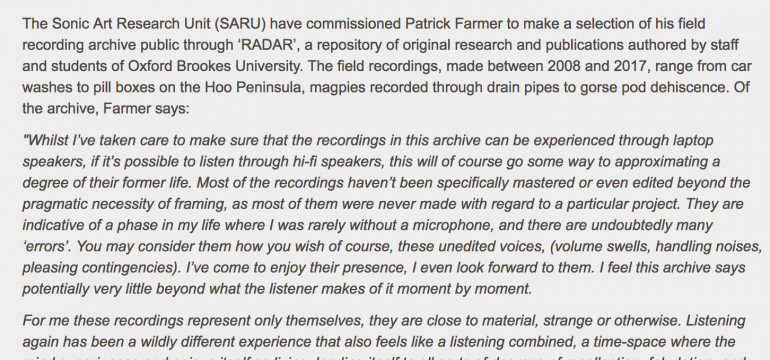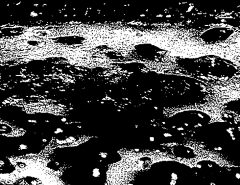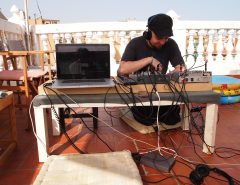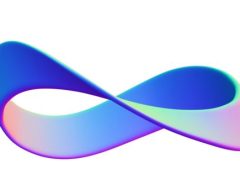Patrick Farmer Field Recording Archive
The Sonic Art Research Unit (SARU) have commissioned Patrick Farmer to make a selection of his field recording archive public through ‘RADAR’, a repository of original research and publications authored by staff and students of Oxford Brookes University. The field recordings, made between 2008 and 2017, range from car washes to pill boxes on the Hoo Peninsula, magpies recorded through drain pipes to gorse pod dehiscence. Of the archive, Farmer says:
«Whilst I’ve taken care to make sure that the recordings in this archive can be experienced through laptop speakers, if it’s possible to listen through hi-fi speakers, this will of course go some way to approximating a degree of their former life. Most of the recordings haven’t been specifically mastered or even edited beyond the pragmatic necessity of framing, as most of them were never made with regard to a particular project. They are indicative of a phase in my life where I was rarely without a microphone, and there are undoubtedly many ‘errors’. You may consider them how you wish of course, these unedited voices, (volume swells, handling noises, pleasing contingencies). I’ve come to enjoy their presence, I even look forward to them. I feel this archive says potentially very little beyond what the listener makes of it moment by moment.
For me these recordings represent only themselves, they are close to material, strange or otherwise. Listening again has been a wildly different experience that also feels like a listening combined, a time-space where the mind experiences and enjoys itself as living, lending itself to all sorts of degrees of recollection, fabulation, and speculation.
What compels us to record what we do? I can’t say that I often remember recording with a clearly defined purpose. Time enjoyed as listening is its own kind of experience, a residue of consciousness that moves between environment (a kind of organism) and things-to-be-known. Time however, does not give us much leeway. Field recordings, and their listeners, shimmer, lean, slip.
As listeners, we probe, forage and form, repeatedly (in formation in between these organisms and things) plotting points and collapsing distances, apertures through which ground becomes figure and figure becomes the possibility of such relationships. With this in mind, the categories under which the recordings are organised are meant only as a gesture of convenience, they are not meant to delineate any kind of rigid classification or message.
I often consider field recording to be a place of listening, and that it resides in temporality, or in other words, that it fills time. If it’s located elsewhere it may absorb that which it accentuates. I consider such a place of listening to be a presence, an experiential-choreography of moving relations.
Where is this place, where will it be?»





Leave a Reply
Lo siento, debes estar conectado para publicar un comentario.